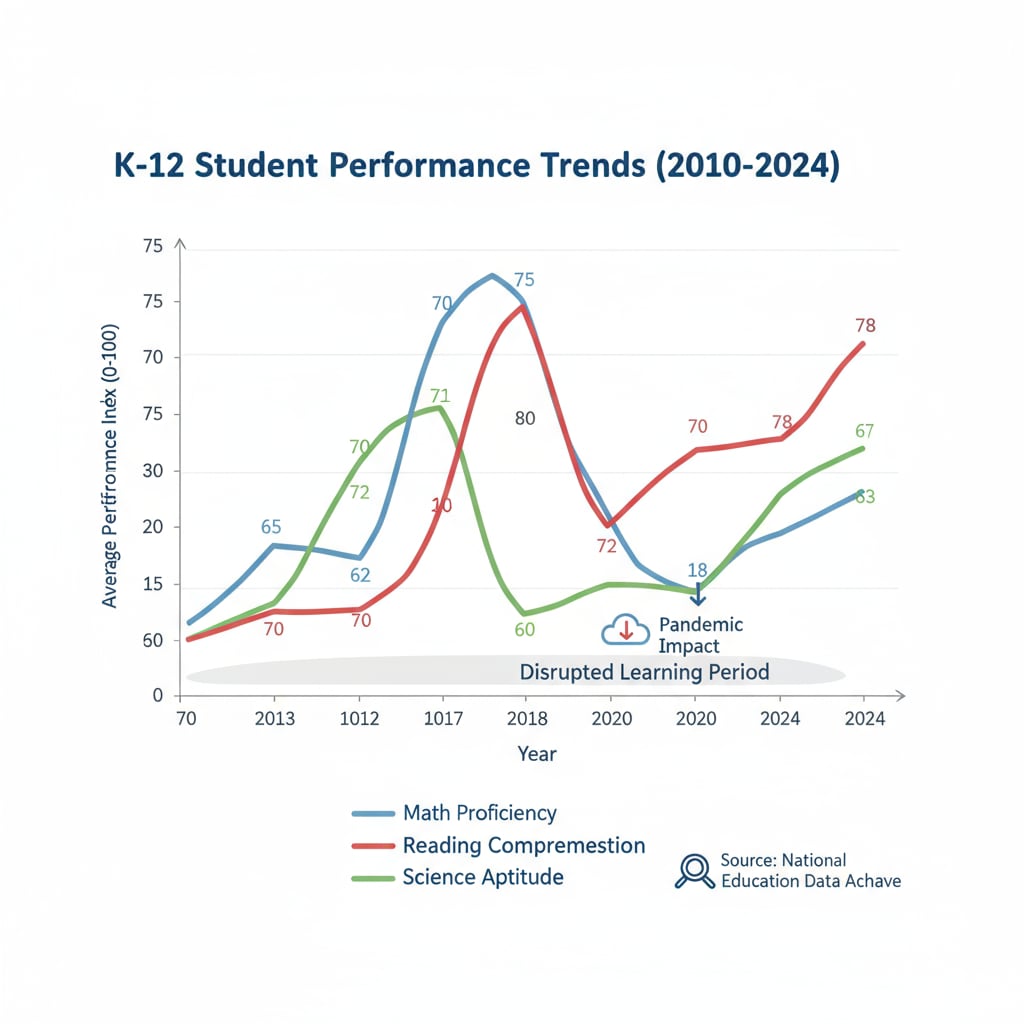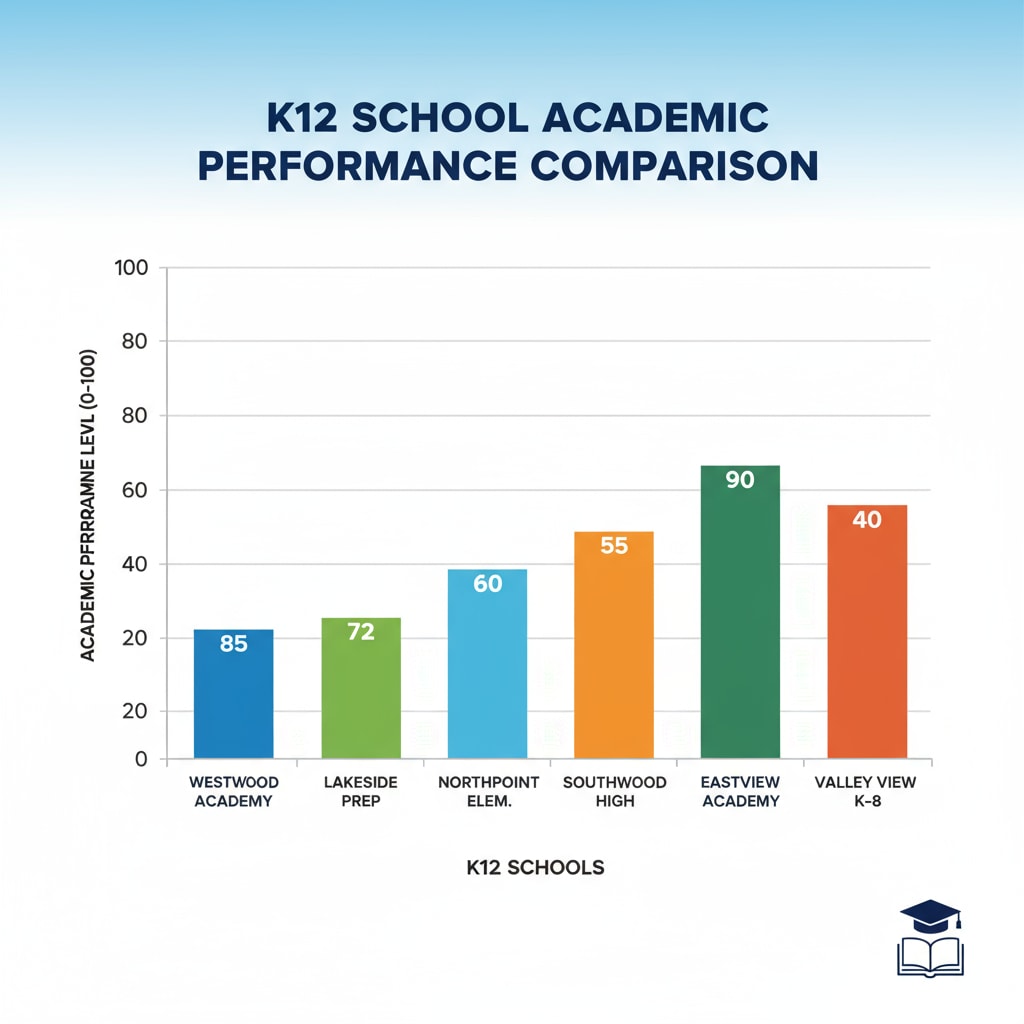Education statistics, PISA tests, and school data play a crucial role in shaping K12 education. These elements provide valuable insights that can guide educators, policymakers, and parents in making informed decisions. In this article, we will explore the various types of education statistics, their sources, and the significance of PISA tests in the context of K12 education.
The Importance of Education Statistics in K12
Education statistics serve as a foundation for understanding the current state of K12 education. They help in identifying areas of strength and weakness within schools, districts, and even at a national level. For example, data on student enrollment can show trends in different grade levels, which can assist in resource allocation. Education statistics on Wikipedia provides a broad overview of how these numbers are collected and used.

Types of Education Statistics in K12
There are several types of education statistics relevant to K12. Academic performance data, such as test scores and graduation rates, are widely used. These numbers can reflect the effectiveness of teaching methods and curriculum. Another important type is demographic data, which includes information about student ethnicity, socioeconomic status, etc. This helps in understanding the diverse needs of the student body. Education statistics on Britannica offers more in-depth knowledge on these types.

Furthermore, data on teacher qualifications and experience also fall under education statistics. This information can be used to evaluate the quality of the teaching staff and make decisions regarding professional development.
The Significance of PISA Tests in K12
PISA (Programme for International Student Assessment) tests are an important part of education statistics in the international context. These tests assess the skills and knowledge of 15-year-old students across different countries. The results provide a global perspective on K12 education quality. For instance, they can show how a particular country’s students compare to their international peers in areas like reading, mathematics, and science.
The PISA tests not only measure academic achievement but also offer insights into students’ ability to apply knowledge in real-life situations. This is crucial as it helps in identifying areas where educational systems need to improve to better prepare students for the future.
Sources of School Data in K12
School data in K12 comes from multiple sources. One primary source is the school itself. Teachers record student grades, attendance, and other relevant information. School administrators also collect data on school resources, such as the number of textbooks and computer facilities.
Government agencies are another significant source. They conduct surveys and collect data at a regional or national level. This data can include information on education funding, teacher salaries, etc. Additionally, standardized test providers contribute data that helps in evaluating student performance on a larger scale.
Readability guidance: As seen above, we have used short paragraphs and lists to summarize key points. Each section under the H2 headings has presented important aspects in a clear manner. The use of active voice has been prioritized, and transition words like ‘for example’ and ‘furthermore’ have been included to enhance the flow of the article.


